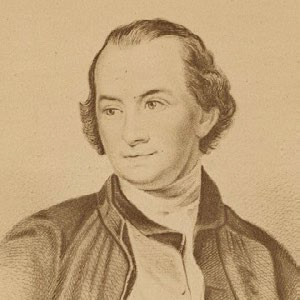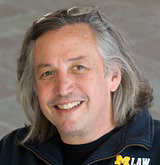The John Morgan Professorship of Biomedical Research and Education

Established in 2004, the chair is a tribute to the first professor on the medical faculty at Penn—and indeed the first medical professor in America—John Morgan, MD (1735–1789). Dr. Morgan believed that medical education must be rooted in a deep understanding of current science. The Professorship supports this foundational principle by supporting a faculty member in the Department of Biochemistry and Biophysics who bears responsibility for the metabolism courses in the medical curriculum and who is conducting an active research program internationally recognized for excellence.
Dr. Morgan was trained as an apothecary at Pennsylvania Hospital, America’s first hospital, and served as a surgeon in the war between Great Britain and France. With the idea of beginning an American medical school and the encouragement of Benjamin Franklin, Dr. Morgan sought out the best in European medical education, graduating from the University of Edinburgh and pursuing further training in London and Paris. In May 1765, the Trustees of the College of Philadelphia (now the University of Pennsylvania) accepted his proposal to establish a medical school with a full liberal arts and sciences curriculum, hospital-based clinical training, and a research mission. That fall, he and Joseph Shippen, Jr., MD delivered the first medical lectures of the College, establishing the roots of the institution that has profoundly shaped American medicine ever since.
 Current Chairholder
Current Chairholder
Mitchell A. Lewis, MA, DPhil
Mitchell A. Lewis, MA, DPhil is the John Morgan Professor of Biomedical Research and Education in the Department of Biochemistry and Biophysics. Dr. Lewis earned his DPhil from Oxford University in 1980, where he studied biophysics.
Dr. Lewis’s research focuses on understanding how proteins respond to metabolites and regulate transcription, particularly on the repressor of bacteriophage lambda and the lac operon of E. coli. For almost half a century, these two systems have served as the paradigm for understanding gene regulation. The primary focus of the Lewis lab has been to provide detailed structural information on these two systems.

